Different types of plants survive in different breeding conditions. Some plants blossom in the shade, and others can grow against the fence. Meanwhile, all plants require sunlight, but typical individual characteristics and features, with the breeding condition, affect growth.
Plants that Can Grow in Water
Below are plants that grow well in water.
1. Parsley

Parsley, also called garden parsley, is a flowering plant native to the Mediterranean and found in Europe. It is sometimes used in European and American cuisine. Garden Parsley is rich in vitamins A and C, potassium, folate, and calcium and is a good source of dietary fiber. It can grow and blossom in water.
2. Thyme

Thyme is a herb from the Lamiaceae family. Thyme contains several vitamins and minerals, such as vitamin C for immune support and potassium. Manganese, coughing, bacterial and fungal infection can be relieved by thyme. It enhances blood clotting and bone development. Thyme grows perfectly in the water.
3. Rosemary
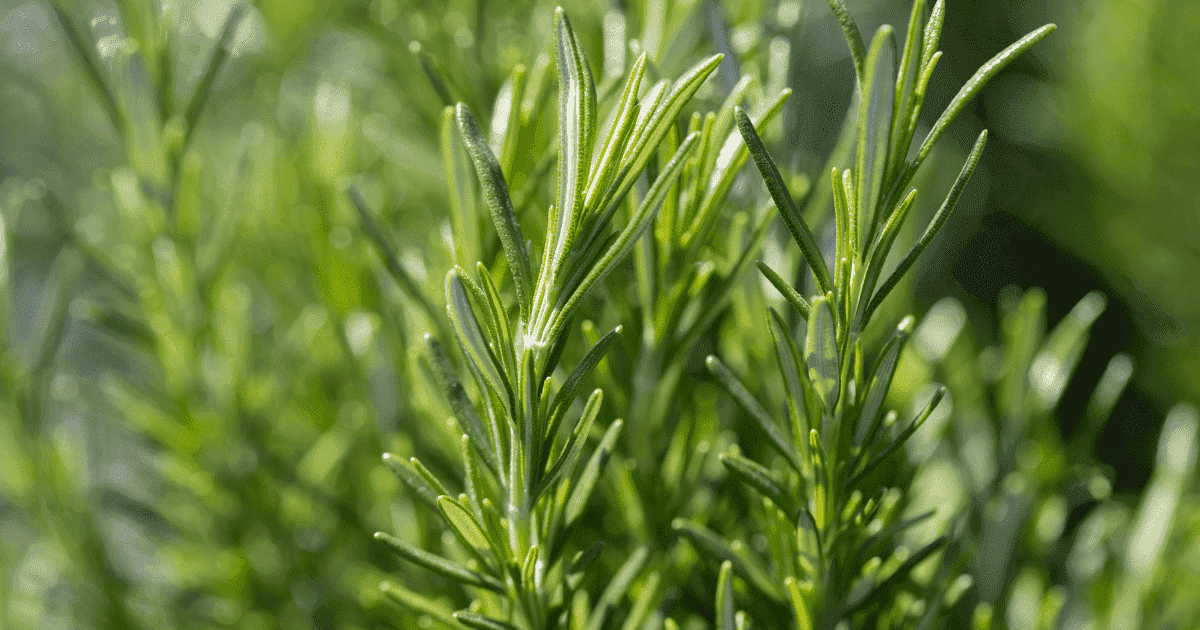
Rosemary, also known as Salvia Rosmarinus, is an aromatic evergreen, white, purple, blue, and pink flower with spike-like leaves and is primarily found in the Mediterranean region.
Rosemary is mostly used in medicine to relieve headaches, hysteria, rheumatic pain, and other physical and mental stress.
4. Basil

Basil, also known as great basil, with the scientific name Ocimum basilicum from the family Lamiaceae, is a culinary herb used worldwide. In Western cuisine, it is known as sweet or Genovese basil.
Basil is native to southeast Asia and central Africa. Great Basil contains flavor combinations of mint, anise, and pepper.
5. Oregano

Oregano is a woody perennial flowering plant native to the Mediterranean region. It can also be found in the Northern Hemisphere. Mature Oregano grows up to 20-80 cm tall with 1-4 cm long leaves in water. Oregano can relieve cough and improve digestion and help fight against parasite infection, bacteria, and viruses
6. Stevia
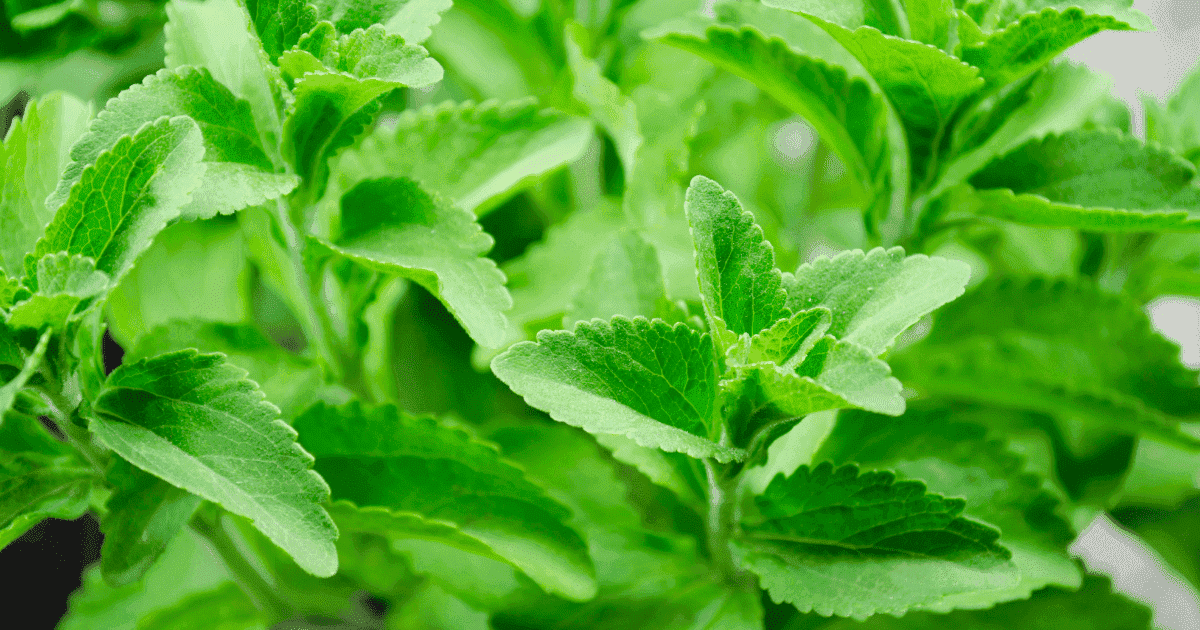
Stevia is a non-fermentable sugar substitute and natural sweetener from the plant Stevia rebaudiana, which is native to Brazil and Paraguay. Stevia leaves provide sweetness with zero calories which are best for diabetic patients.
According to research, Stevia is effective in treating hypertension and hyperglycemia and for weight control and diuretics. Due to its nature, Stevia grows well in water.
7. Chives
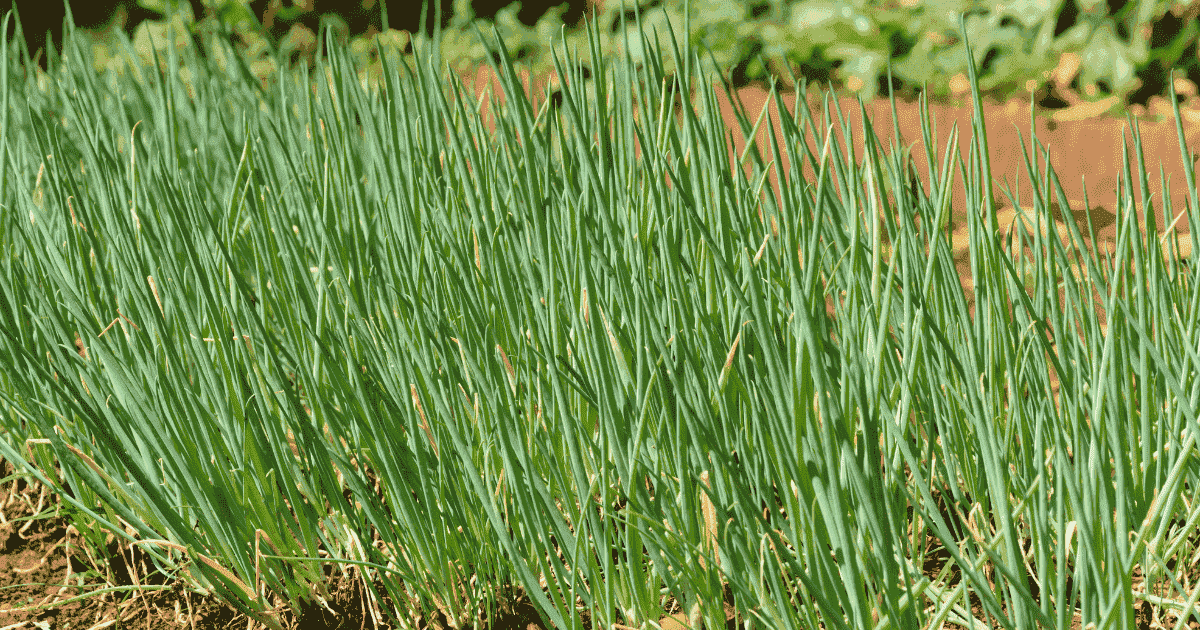
Chives, also known as Allium schoenoprasum from the family Amaryllidaceae, is a native of Europe and Asia is a flowering plant that produces edible leaves and flowers.
Chives are known to remain fresh at room temperature for up to 4-6 days, and if stored in the refrigerator, chives can be preserved for four to six months.
8. Mint

Mint is a plant in the genus mentha and the family Lamiaceae. It has 13 to 24 different species that exist worldwide through hybridization, which occurs naturally by overlapping species ranges.
Mint is a known herbal remedy for calming stress and anxiety and easing stomach aches. It also alleviates indigestion, and mosquito bites may decrease breastfeeding pain and slow aging. It can grow in water.
9. Sage
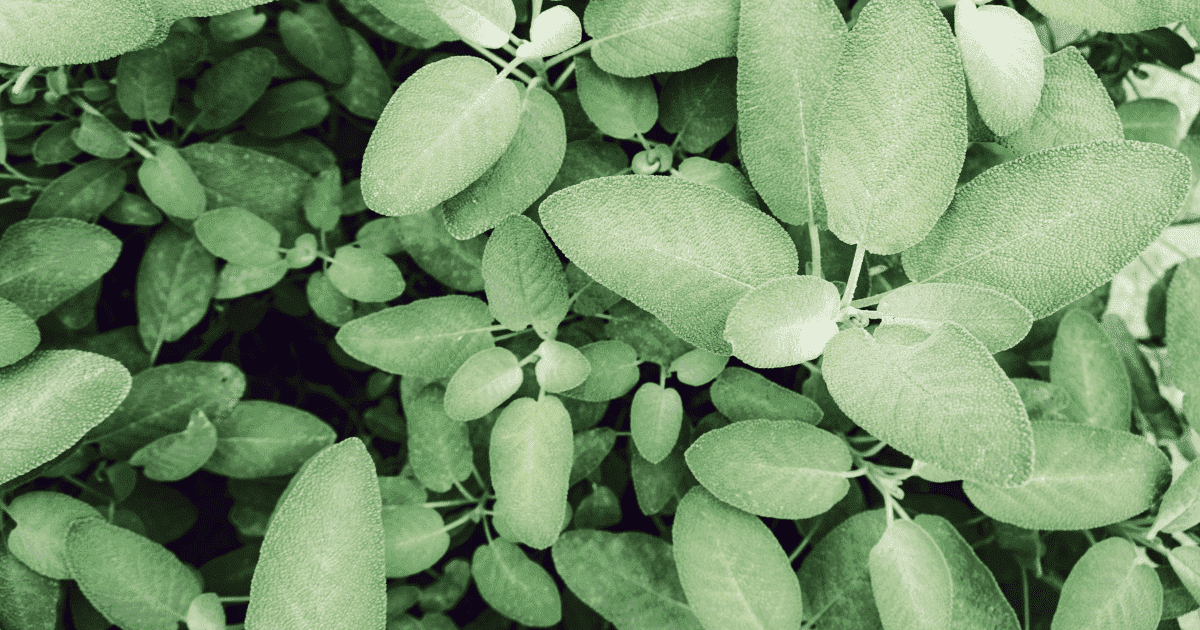
Common sage with the scientific name salvia officinalis is a perennial evergreen with a woody stem of the family Lamiaceae and is native to the Mediterranean region. It is a bedtime-friendly tea containing zero stimulants which are unlikely to affect your sleep. Sage grows and blossoms in water.
10. Lavender

Lavender, also known as Lavandula, is a plant in the family Lamiaceae native to Cape Verde and the Canary island, Africa, and naturalized in the Mediterranean, southwest Asia, and India. Lavender oil is antiseptic and anti-inflammatory and can help heal mosquito bites and relieve minor burns. Lavender flourishes in a moist environment.
11. Crested floating heart
The crested floating heart is a freshwater floating perennial with the scientific name nymphoides hydrophylla of the family Menyanthaceae and is a native of Asia. Nymphoides hydrophylla has floating leaves that hold a white flower with petal margins.
When not flowering, the species can be identified by the tuberous propagules dangling from the node where the stem connects to the leaf.
12. Algae

Algae is a eukaryotic organism categorized under Protista. is a nucleus-bearing unicellular aquatic organism that lacks true roots, stems, and leaves and is usually found in water.
Algae can be found in all types of water and pool. It can be seen in water with poor filtration and low chlorine levels. Green algae cause green pool water
13. Alligator weed
Alligator weed, also called Alternanthera philoxeroides, is native to the South American region. Alligator weed has a high range of about 50 species around the world. Alligator weed is mostly seen in waters with crocodiles; it is consumed as food by the people living in the Burma clan.
14. Cattail
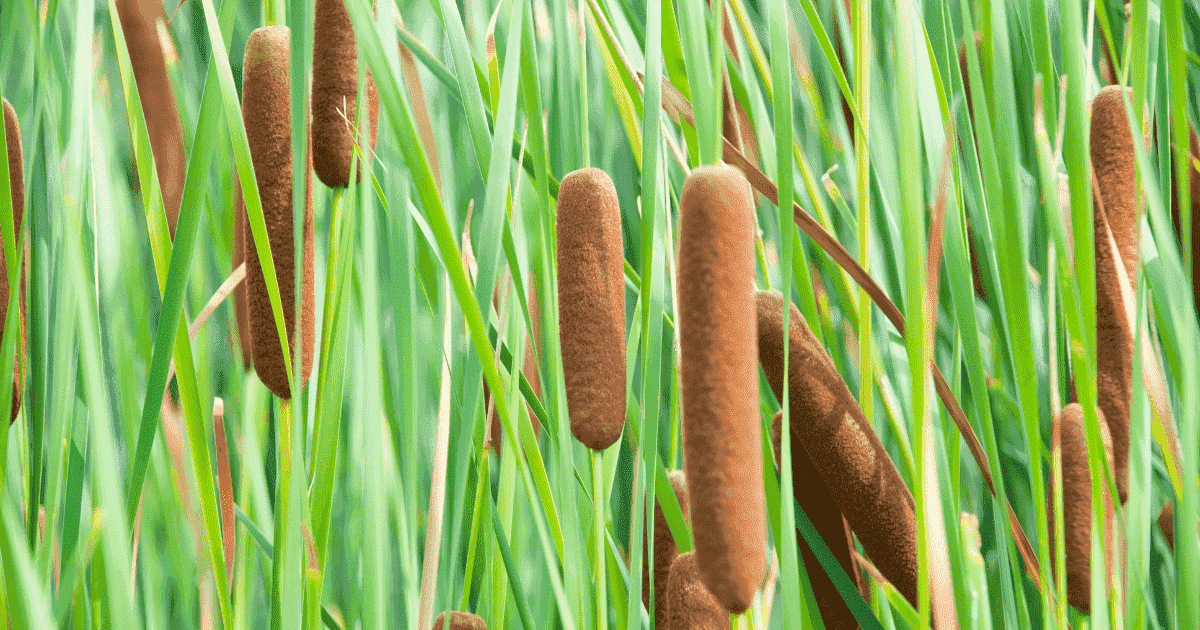
Cattail is an aquatic plant also known as Typha of the family Typhaceae. It is a unisexual flowering perennial plant from creeping rhizomes. Cattail has long tampering leaves with smooth, spongy margins. The flowers are borne on a heavy cylindrical spike. Some species of Cattail are cultivated as pond plants. The dried leaves are used for making chair seats and mats.
15. Arrowhead
Arrowhead is a perennial plant called Sagittaria of the family Alismataceae, which has 28 species and arrowhead-like leaves. Arrowheads are mostly tubers and fleshy rhizomes. They are native to North America and were known as ‘ducks’ by the native Americans and is used in pond restoration to improve feeding areas for birds.
16. Elf orpine
Elf orpine, also called the small stonecrop genus Diamorpha of the family Crassulaceae, is mainly found in North Carolina, Georgia, and Alabama. It is monotypic. They sprout in late fall and winter, flower in late March, and dies. The succulent red leaves reflect light and hold water. El morphine is mostly found in shallow basins and wetlands.
17. Curly-leaf pondweed

Curly-leaf pondweed, also called crisp-leaved pondweed genus Potamogeton crispus, is a toxic aquatic plant native to Eurasia and North America. Crisp-leaf overgrows habitat and competes with aquatic plants.
18. Duckweed
Duckweed is an aquatic annual and perennial plant in the Ottelia Alismoides genus. It is native to Asia and North America. It has a corm-like stern forked, with fibrous roots and linear leaves having a broad surface and a tampering base with sharply tooth-edged leaves with a quilted effect on the surface. They can be found in freshwater and wherever slow-moving streams occur.
19. Eared Salvinia
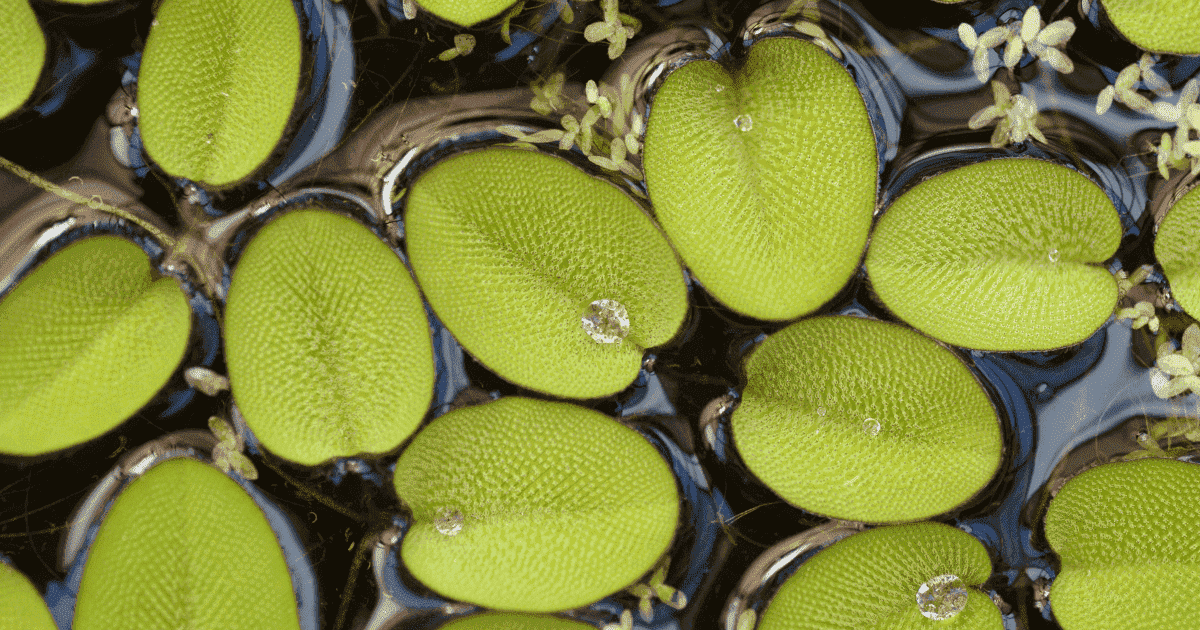
Eared Salvinia or giant Salvinia, also known as salviniaceae, each has an internode, floating leaf, and a modified leaf that functions as a root. The rhizomes are beneath the water’s surface. Eared Salvinia can form dense mats on the water surface and clog water pipes
20. American eelgrass
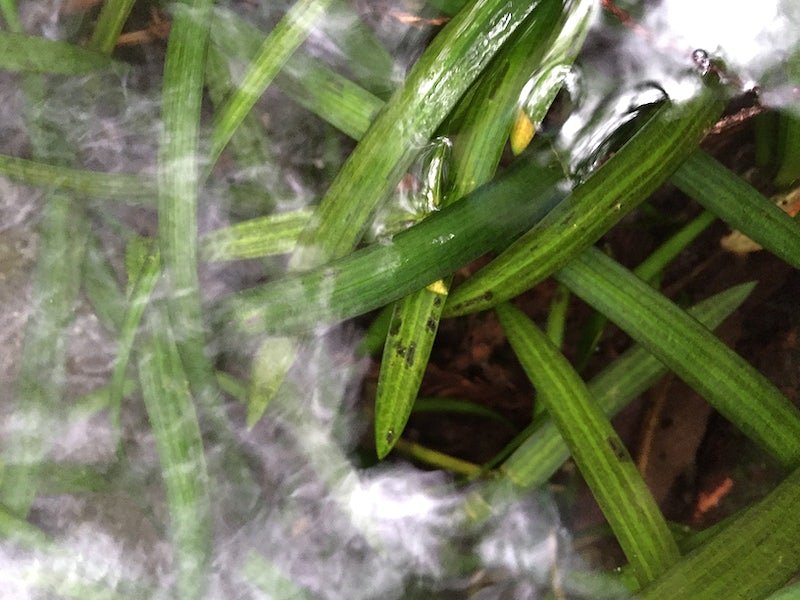
Original public domain image from Flickr
American eelgrass belongs to the genus Vallisneria Americana and the family Hydrocharitaceae. It is a plant with deep roots and leaves one inch wide. Native to North America, They also grow naturally in Iraq, China, and Japan. Specific species like the V. Americana grows underwater with long, limp, flat green mid ridge and is consumed by animals such as canvasback.
21. Annual Wild Rice
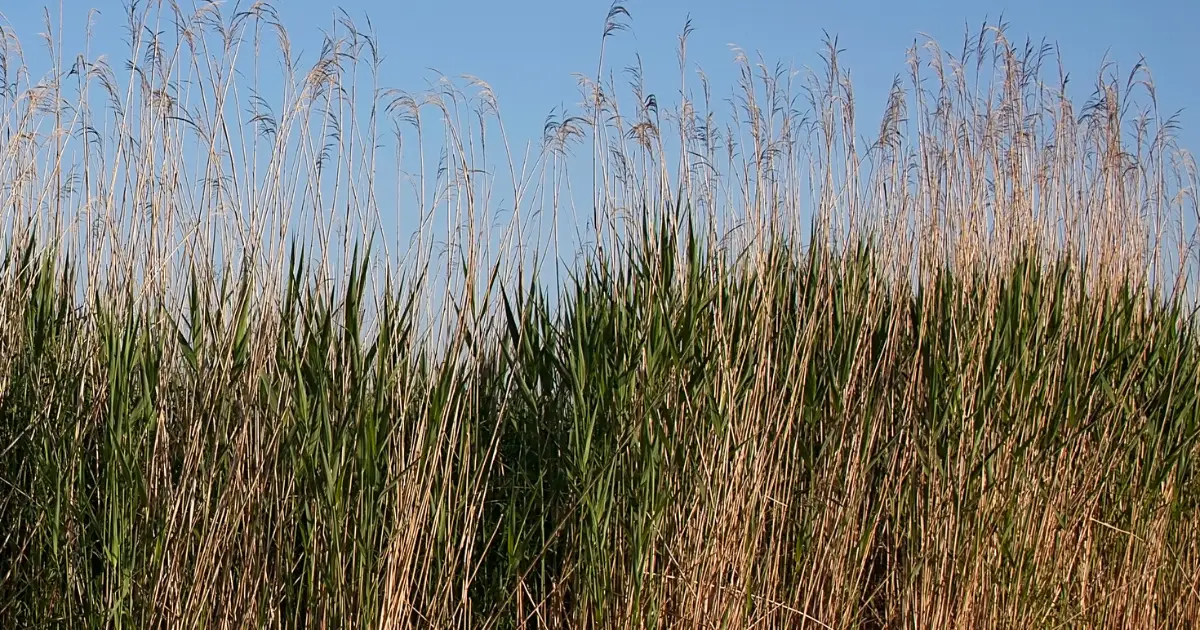
Annual Wild rice (genus: Zizania aquatica L. or Zizania palustris L) is an annual plant that grows in water. It has a separate male and female flower from the family rice. Native to the great lakes of North America, Wild Rice grows in lakes and water levels of one to three feet and soft organic muck.
22. Eurasian waterwort
Eurasian waterwort (genus: Elatin trianandra) is an aquatic plant native to North America and wetlands with pink or red radially symmetrical flowers, three petals, and sepals. The sepals do not fuse with the petal; simple lobed or unlobed leaves are arranged along the stem.
23. Cuban bulrush
Cuban bullrush, also known as Cyperus blepharoptosis, is an invasive aquatic plant native to North and central Florida. It is mostly seen in freshwater marshes and covers a small area with the reddish runner or rhizomes. The bulrush can grow up to 1½ – 3 ft tall and has sharp triangular stems in wetlands.
24. Diatom

Diatom is a unicellular organism from the microalgae algae genera found worldwide in the ocean, waterways, and soil. They generate a large amount of oxygen, up to 20 percent of the earth’s oxygen, and absorb billions of tons of silicon yearly from the water. The dead shell of diatoms fertilizes the ocean. Diatoms are plant-like protists. They’re neither plants nor animals, but they make for an interesting addition to this list.
25. Didymo
Didymo (genus: Didymosphenia geminata family Cymbellaceae) is a Native to the Northern Hemisphere. Didymo can attach to rocks and plants. A droplet of water can spread them. It is mostly found on submerged surfaces.
26. European frog-bit
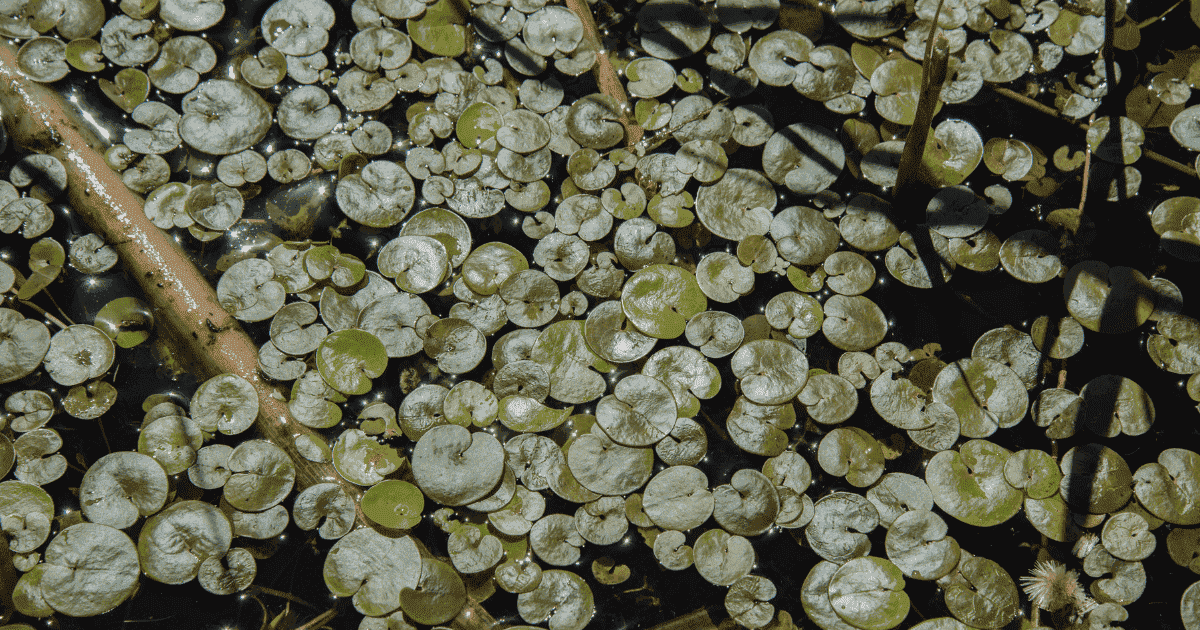
European frog-bit is a lily-like small floating flowering plant of the genus Hydrocharis morses-rnae. It is native to Europe and Asia Family Hydrocharitaceae. It bears white flowers, leaves are kidney-shaped, and grow on the surface
Frog-bit root does not touch the bottom of the water but hangs below the surface, they grow fast and are tolerant to winter.
27. Feathered Mosquito Fern
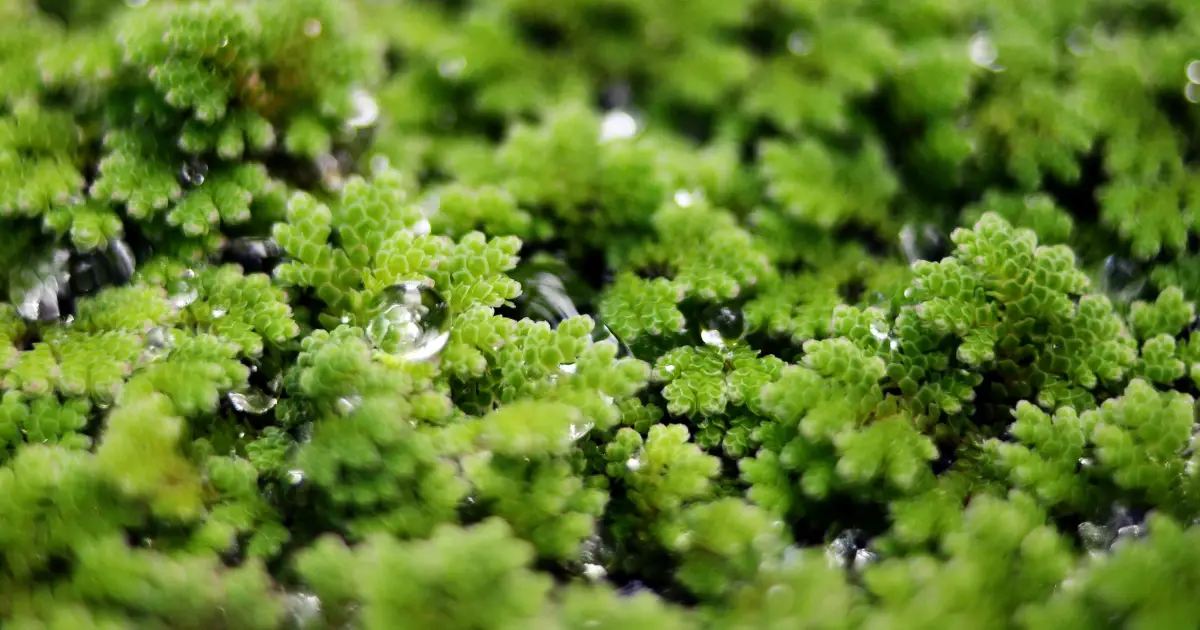
Feathered mosquito (genus: Azolla pinnata) is a feathery triangular annual aquatic flowering plant usually living on the water surface. It is native to Australia and invasive in quiet ponds, mostly mixed with duckweed. This combo usually leads to oxygen depletion. A feathered mosquito is free floating.
28. Watercress

Watercress is an aquatic perennial plant that grows rapidly. It is native to Europe and Asia and is one of the oldest ancient herbal plants believed to cure mental illness in the Ancient Romans and other parts of the world. It is an effective herbal plant used by Native Americans to treat kidney illness and constipation.
Watercress is a free-floating plant. Small whitish and greenish flowers are produced and frequently visited by insects such as hoverflies.
29. Lake cress
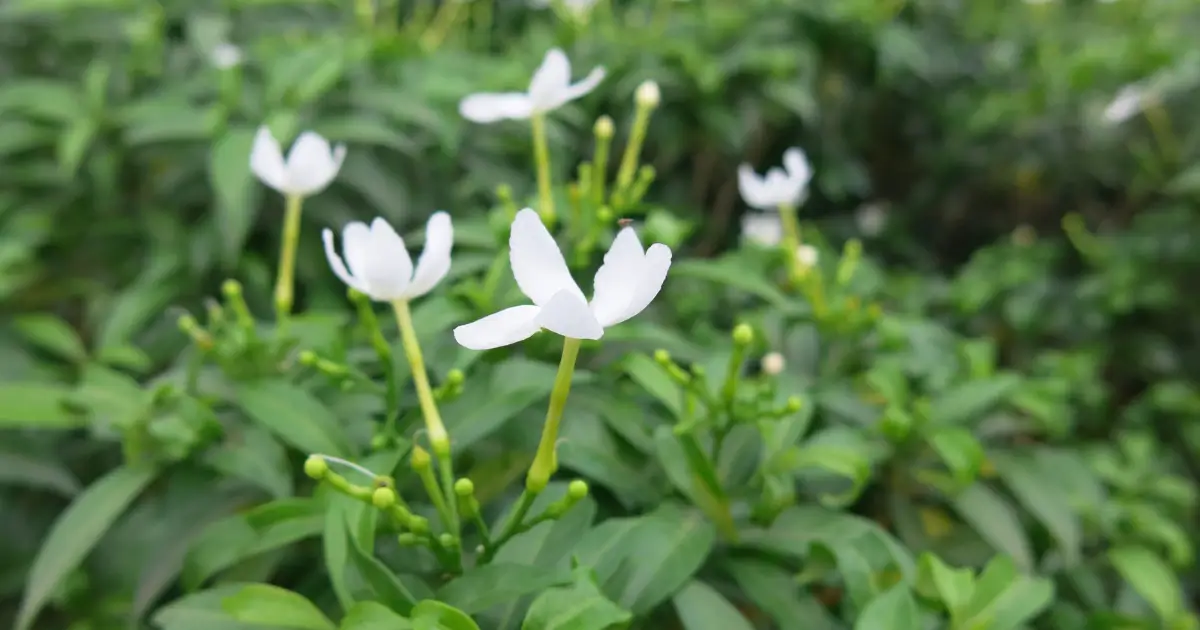
Lake cress of the genus Armoracia lacustrine is mostly seen in estuaries and rivers. It blooms from June to late August and can be identified within this period. Lake cress has underwater leaves that can be used as roots. It sprouts 4 parted white flowers that are 6-8mm long. The submerged leaves are pinnately divided into many threads.
30. Mudwort

Mudwort, also called limosella Aquatica, is an annual flowering plant forming low tuff in muddy substrate known by the common name mudwort of the family figwort. It is native to the temperate region and grows in wetland areas.
Mudwort grows in moist and on meadows, mud wet sand close to water partially submerged. They are semi-aquatic plants. The leaf is made up of a 12″ long petiole. The petal is white to pink or blue.
31. Anthurium

Anthurium, commonly called flamingo or laceleaf, is a genus of the family Araceae. It has over 1000 species and 100 genera. Anthurium is a perennial that grows well in humid tropical forests and can grow as well in water.
It naturally grows as epiphytes on other plants. The leaves are often variable in shape to different species and clustered. However, some other species are terrestrial. The flowers are contained on the spadix, which is an elastic spike shape.
32. Water Wheel Plant
Water wheel is a monotypic carnivorous plant from the genus Aldrovanda vesiculosa of the family Droseraceae. This aquatic plant captures Little invertebrates using traps similar to the pitcher and venus fly trap. It is also capable of rapid movement.
33. Slender Naiads
Slender naiads is an annual water plant from the genus Najas flexilis native to North America and Europe, Russia, and part of the United States. It is also called nodding, a water nymph. Slender naiads live in brackish and freshwater-like lakes and bays. The largest population of slender naiads is found in Lake Sīveri in Latvia.
34. Tropical Pitcher Plant
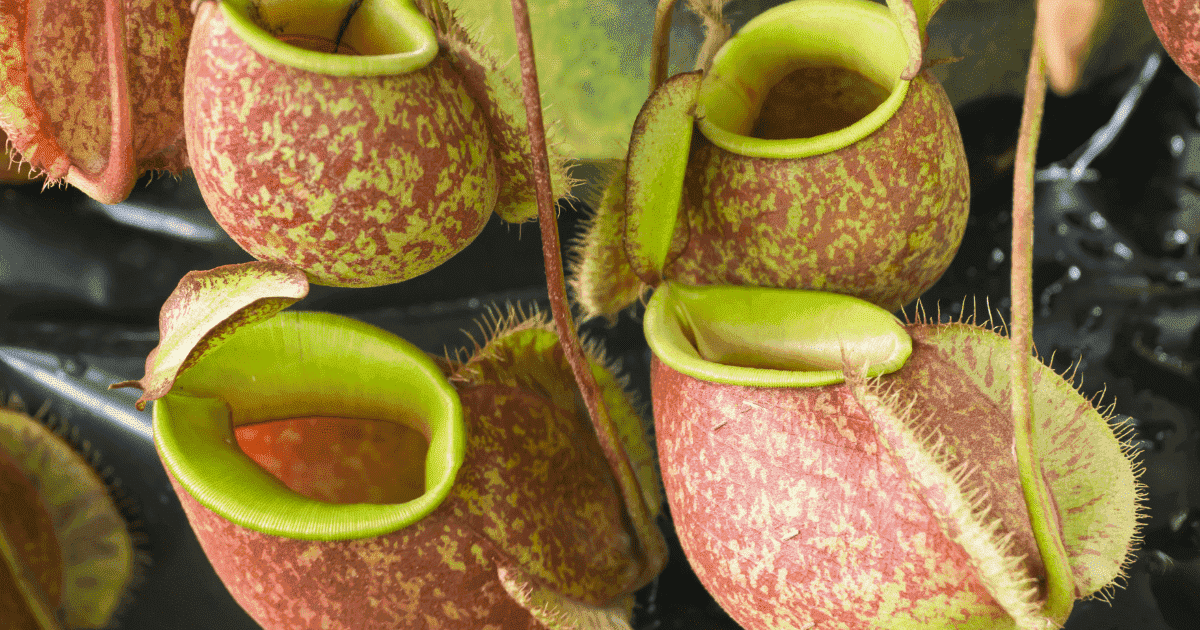
The pitcher plant, belonging to the genus Nepenthes, is a carnivorous plant in the monotypic family. It has over 170 species and is native to the old world tropics, China, and Madagascar.
They are also found in places of hot, humid, lowland areas. It is believed that monkeys drank rainwater from the pitchers, which resulted in the name “monkey cup.”
35. Golden Club

The golden club is an immersed aquatic plant with dark green erect leaves that float on the surface of the water with vertical rhizomes with thick roots. The root expands and contracts, drawing the rhizomes deeper into the soil. The flowers are brightly colored, made in a fleshy stalk, and have a long cylindrical shape.
36. Yellow Flag

The yellow flag, commonly called yellow iris or water flag, belongs to the genus, iris pseudacorus. It is a flowering aquatic plant in the family Iridaceae, native to Europe. Yellow flag is similar to the leaves of Acorus calamus (sweet flag) because of its mid-rib and sword-like shape. Nevertheless, they are not related.
37. Oxygen Weed
Oxygen weed belongs to the genus Lagarosiphon of the Hydrocharitaceae family. It is an aquatic plant native to Africa. Mostly seen in temperate regions and wetlands, oxygen weeds can grow underwater
38. Marsh Pennywort
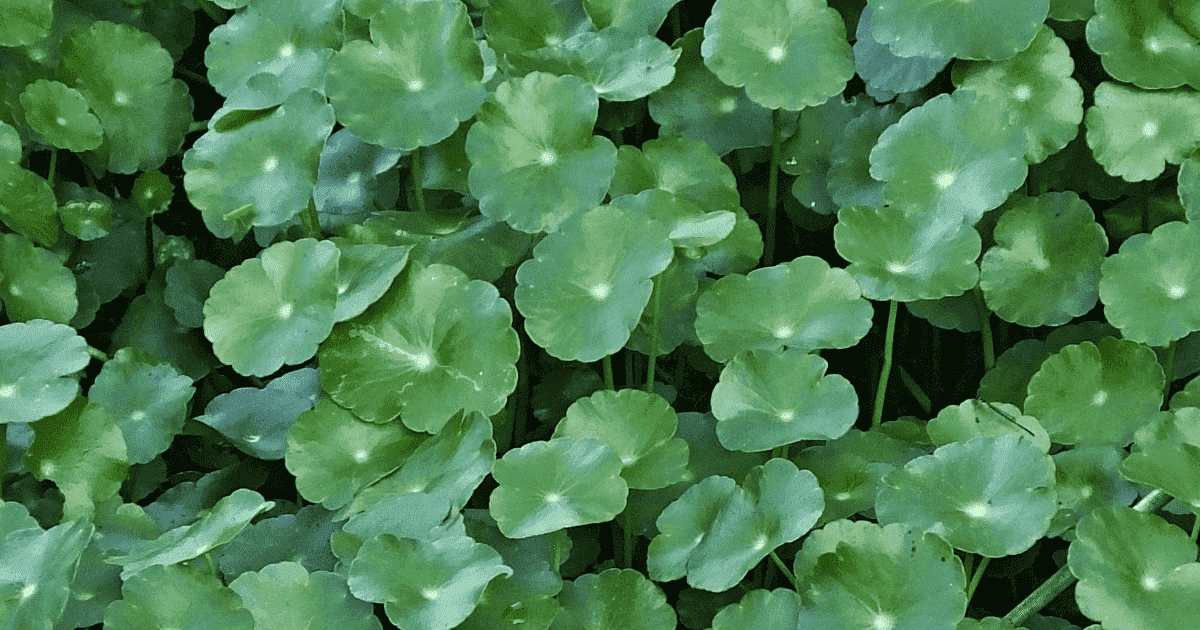
Marsh Pennywort is an aquatic perennial herbaceous plant of Araliaceae, also known as money plant. Commonly found in wetlands, marshes, and swamps, they barely grow up to the height of 10-20 cm. The fresh green, shiny leaf is about 2-4cm in width, and shows an extension vein
39. Parrot Feather
Parrot feather, as the name implies, has feather-like leaves that are arranged around the stem. It is a perennial plant with stems and leaves that are the most distinctive trait because they are up to 5 feet long and extend to the shore. Parrot feathers are partially emerged in water.
40. Pitcher Plant
Pitcher plants are carnivorous plants of the Nepenthaceae and sarracenia ear families. It has unique leaves called pitfall traps with a cavity filled with digestive liquid. These traps are formed by modified leaves, usually slippery. Pitchers naturally produce a sweet liquid called ‘nectar’ to attract and drown their prey.
41. Red Root Floaters

Red root flowers are one of the fastest-growing aquatic plants. They are beneficial in the aquarium to remove biological waste and contaminants.
Floaters love a temperature range of 70F to 82 F and nutrient-rich water, including a rich supply of iron to maintain the reddish look.
42. Water Caltrop
Water caltrops belong to the genus Trapa Mayans and are commonly known as buffalo nuts. Water caltrops are native to Eurasia and Africa. Other species like T. bicornis have been grown for many years, up to 3,000 years, in places like the Indian subcontinent and China for edible seeds.
They are floating aquatic plants that grow in freshwater. They can grow up to 5metres tall. The floating leaves have tooth-like sharp edges.
43. Grape Caulerpa
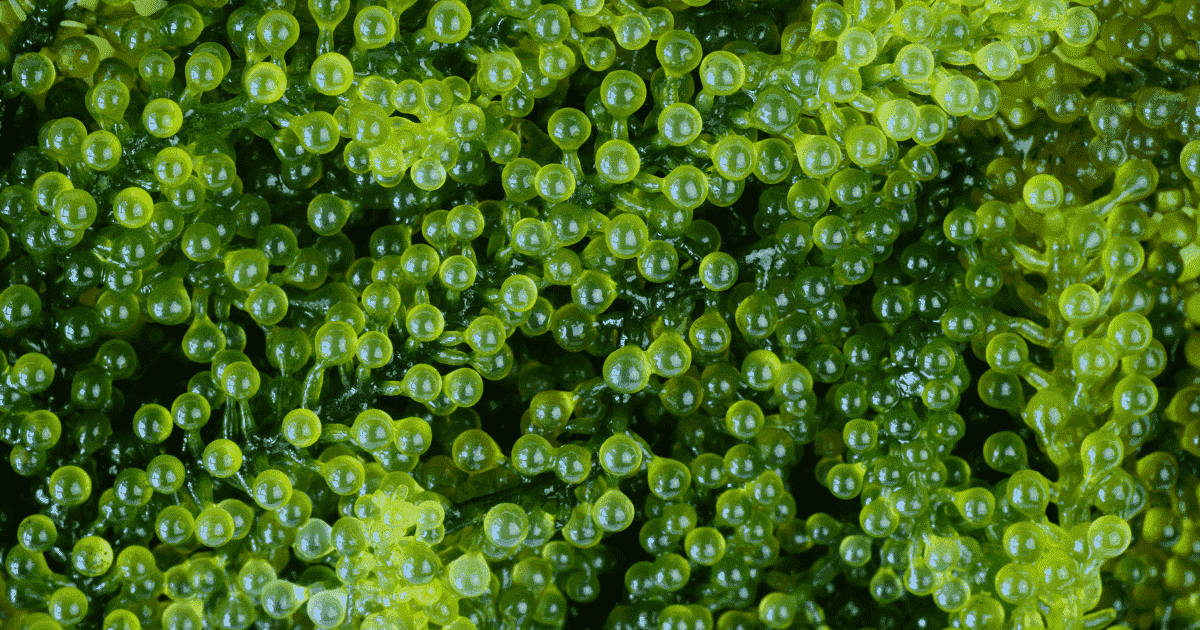
Grape Caulerpa belongs to the genus Caulerpa racemosa. It is an edible algae native to the Mediterranean. Commonly known as sea grapes, they can be seen in areas of the shallow sea around the world.
44. Sessile Joyweed

Sessile joyweed is a perennial wild plant that can also be cultivated for food, medicine, and as an ornamental plant. It has a prostrate stem, ascending and rooting at nodes with leaves 1-6 cm long, 0.2-3 cm wide. It blooms from December until March in the wild.
45. Roundleaf Toothcup
Roundleaf Toothcup is often referred to as dwarf rotala. It is an aquatic creeping perennial plant with a soft, deep pink stem with rounded leaves attached to it without a stalk. Roundleaf was first seen in Florida in 1996 in a Canal in the area of Broward County.
46. Bull Kelp
Bull kelp is a seaweed native to south California Aleutian islands. It can be seen in the intertidal and subtidal areas of the sea. Bull kelp is used to make lines for anchors, fishing, and harpoons. The blades or leaves of the bulb and stripes of bull kelp can be pickled and eaten as food, including leaves can be used as food.
47. Calla Lilies

Calla Lilies belong to the genus chlorophytum comosum. It is commonly referred to as a spider plant because of its spider looks. Calla Lilies is a perennial and evergreen flowering plant that can grow in water.
48. Sweet Flag
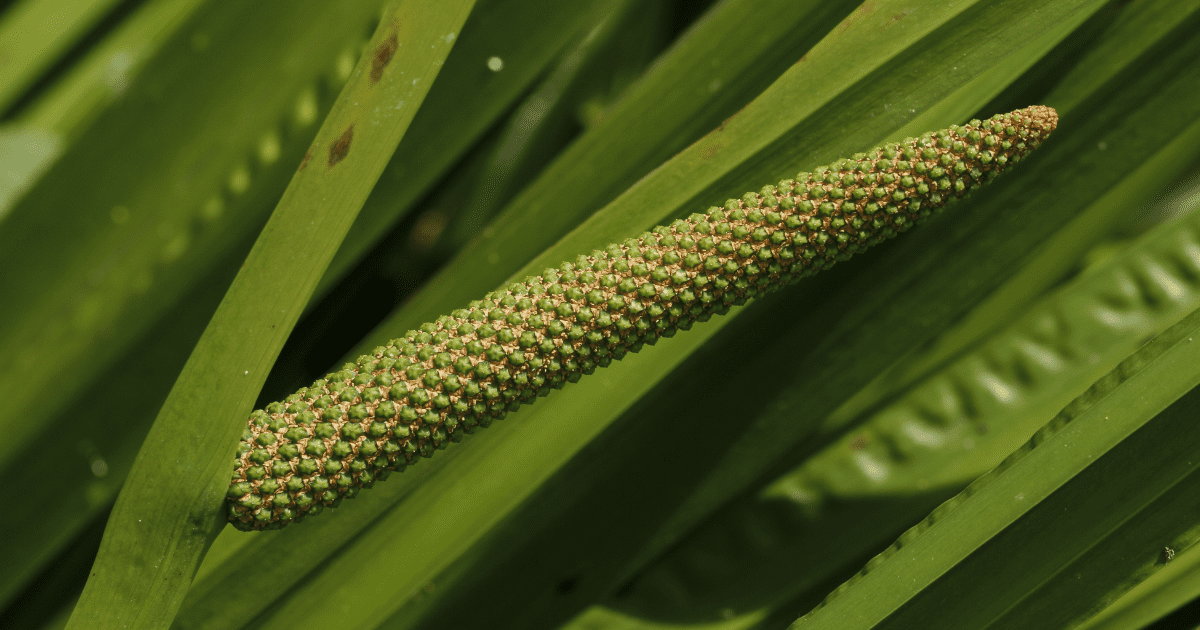
Sweet flag belongs to the genus Acorus calamus. It is also known as muskrat root. Sweet flag is a perennial flowering plant of the family Araceae. It is a tall wetland monocot used as fold medicine over centuries to cure several digestive disorders and pain.
49. Fittonia

Fittonia is an evergreen perennial plant, sometimes called F. albivenis. They can grow up to 10-15 cm tall with lush green leaves followed with white to deep pink accented veins with short fuzz covering their veins.
Fittonia are best cultivated in moist areas with mild sunlight and temperature above 13° C and best planted submerged in water in houses. The plant literally faints without water, but a quick watering can revive it.
50. Leeks
The leek, erroneously referred to as stem, is a vegetable in the genus allium ampeloprasum. It has an edible part called the leaf sheaths. Onions, garlic shallot, scallion are all from the genus Allium. They are the same cultivars, although they have different uses when it comes to culinary.
